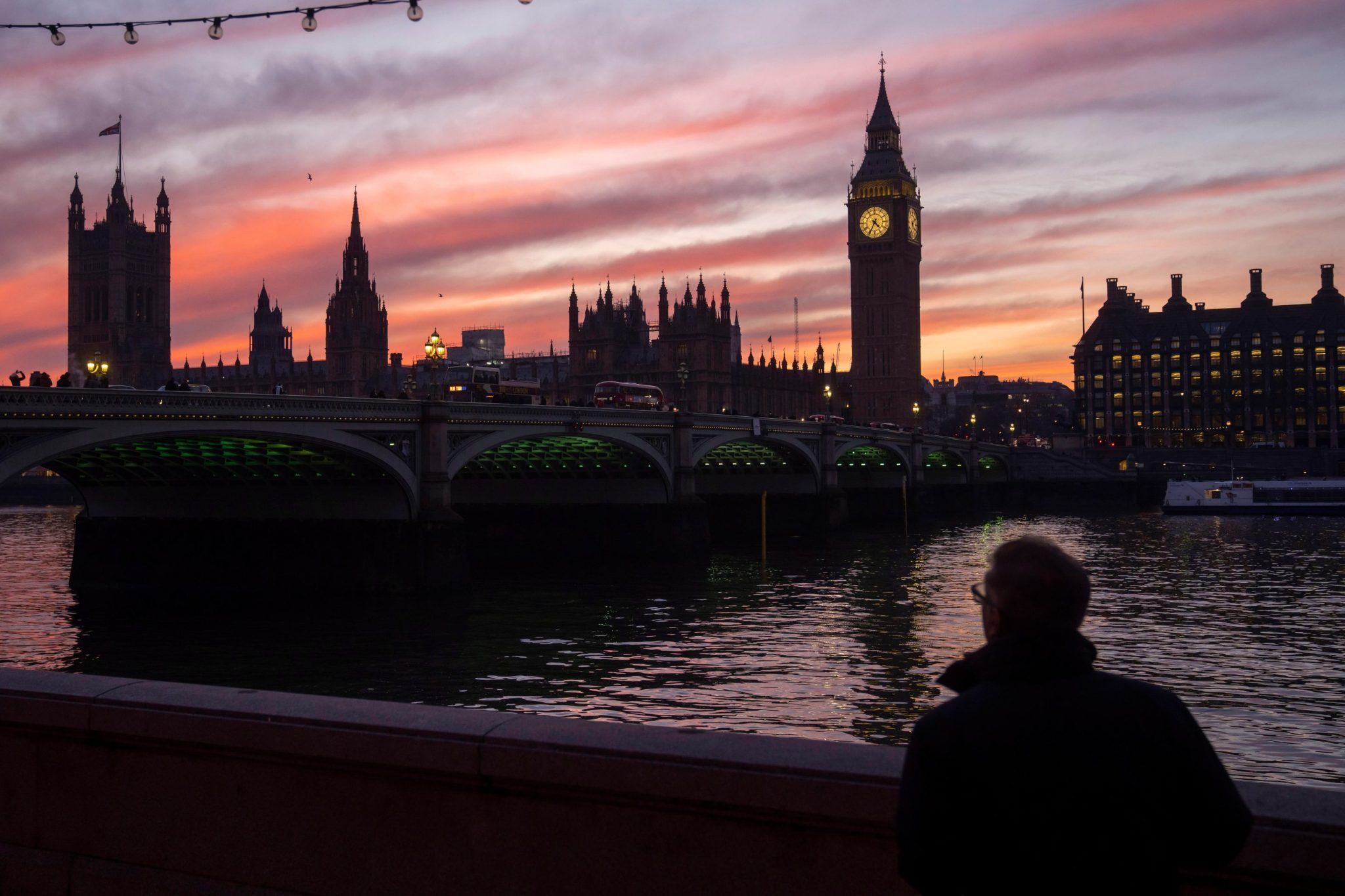
Daylight Saving Time: This week, the United States and Europe will be out of sync

For a week every October, people organizing international meetings and gatherings on both sides of the Atlantic might briefly be confused: Did I just miss that conference call? Why is my grandmother calling me so early?
Most people quickly remember: It’s that weird time every fall when Europe and the United States aren’t as out of sync as they are Switch from daylight saving time to standard time.
Most countries do not observe daylight saving time. For those who do—mostly in Europe and North America—the date of changing the clock varies, partly because of how laws regarding time developed in different places.
In countries that follow this practice, clocks are moved forward one hour from standard time in March to make the most of the Northern Hemisphere’s increased summer daylight hours.
The clocks “fall back” again in the fall to standard time.
In the UK and Europe, this takes place at 2am on the last Sunday in October.
But in the United States and Canada, clocks turn back one hour at 2 a.m. on the first Sunday in November.
This means that between the two weeks the time difference between the two sides of the Atlantic – for example between London and New York – is one hour less than usual, which can cause coordination chaos. Zoom in Other calls or meetings.
The idea of daylight saving time has been floated for several hundred years, but it did not become a uniform common practice written into law in many countries until the early twentieth century.
It was first adopted by Europe during World War I as a wartime measure to conserve energy. Germany and Austria began moving their clocks by one hour in the summer of 1916. The United Kingdom and other countries involved in the war, as well as the United States and Canada, soon followed.
Efforts have been made over the years to harmonize time settings in Europe, and since 2002, all EU member states have adjusted their clocks twice a year on the same days in March and October.
However, there has been no success in coordinating time change on a larger scale.
In the United States, a 1966 law imposed uniformity of daylight saving time across the country, although the dates marking the twice-annual shifts have changed over the years. In 2022, the Senate unanimously approved a measure that would Make daylight saving time permanent Throughout the United States, but it has not progressed.
The current dates were set by Congress in 2005.
Many disagree on the benefits of seasonal time changes, and lawmakers in the United States and Europe have previously proposed eliminating time changes altogether. So far no changes have been finalized.













Post Comment